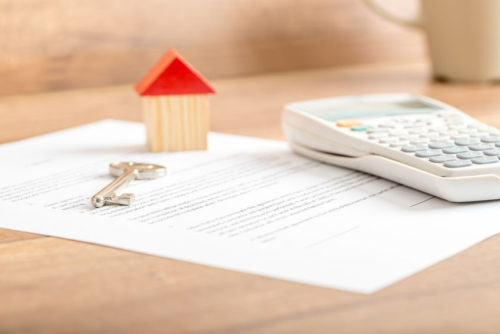5 minute read.
Nisha Patel looks at the main rules of the new structures and buildings allowance.
The new structures and buildings allowance (SBA) regime has received parliamentary approval and came into force on 5 July 2019. SBA claims can be backdated to give relief on eligible costs incurred on or after the 29th October 2018.
SBA has been introduced to encourage investment in the construction of new commercial structures and buildings. The relief will be given on the costs of physically creating structures and buildings which are intended for commercial use. In addition, it gives relief on the improvement of existing structures and building as well as costs associated with renovating or converting existing premises to qualifying use. As long as the business is chargeable to tax in the UK, relief is available on all UK and overseas structures.
Tax relief
SBA relief is given on a straight-line basis of 2% for all eligible construction costs incurred on or after 29th October 2019 and once the structure comes into use.
Qualifying costs
In general, expenditure will qualify for relief, firstly, if they are incurred on the construction or acquisition of a building or structure; the building or structure is not in residential use; and there is qualifying activity in the property.
Qualifying activities are typically commercial property lettings such as trades, professions or vocations and certain UK or overseas property business. Further guidance will be published in due course on HMRC’s website.
The legislation has been updated to allow a structure or building to retain its SBA eligibility during a temporary period of disuse, provided it is not used for residential purposes.
A building with both commercial and residential use will be allowed to apportion the amount of relief on a reasonable basis. However, this is not available for home offices within a domestic setting.
Costs not allowed
If a building or structure is brought into residential use or it is demolished, SBA will not be available on those costs. However, if it is demolished the unrelieved amount can be deducted in the capital gains computations. ‘Residential use’ in this instance include dwellings, prisons and student accommodation.
Costs incurred on the provision of plant and machinery are excluded, as is expenditure on the acquisition of land, including all associated incidental costs.
Administrative burdens
Where appropriate documentation for expenditure incurred on commercial properties has not been retained, claims for SBA will be restricted to nil.
However, HMRC has acknowledged that this may be difficult to obtain in certain circumstances, especially if it involves overseas transactions. More information on this will be given in HMRC guidance.
The legislation does allow evidence of expenditure to be obtained from any previous owner and not just the last owner as originally proposed.
Further information
HMRC has advised that it will provide guidance on its website in due course to accompany the final legislation. It will give explanations on issues such as ‘qualifying expenditure’, ‘dwelling house’ and mixed-use buildings. Further information on the new flexible rules regarding claiming expenditure incurred after a building comes into use will also be explained, with examples where required.
SBA was first announced in the 2018 Autumn Budget and was followed by consultations and a draft secondary legislation. The final legislation can be found here: www.legislation.gov.uk/uksi/2019/1087/contents/made
Practical tip
It is important to keep detailed paperwork of all expenditure incurred to make an SBA claim, until further guidance on the type of information you are required to keep has been provided.
Want to read more?
Create a free account to access more articles and resources.





